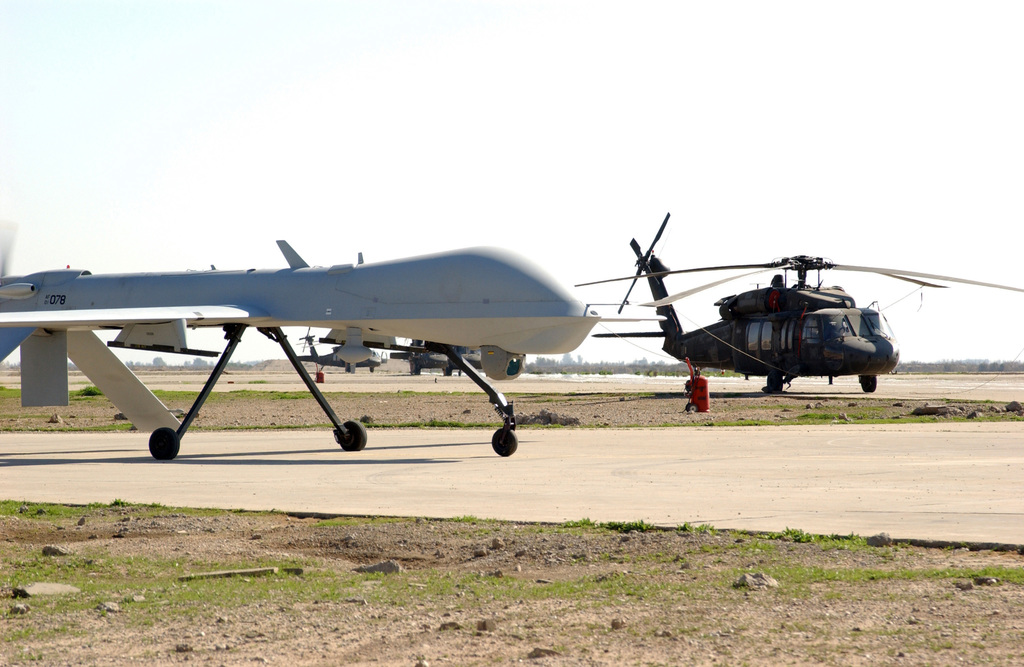
Australia and the United States have begun to implement an updated AI engine in their Counter-Unmanned Aircraft System (C-UAS), which boosts detection speed by at least 30%.
In a press release, Australian-US company DroneShield said, the production of artificial intelligence platforms for protection against advanced threats such as drones and autonomous systems has started and is being gradually implemented.
New improvements to the system’s firmware include several improvements, including a 30% increase in detection time, improved scanning, detection, and warning.
According to DroneShield, another significant improvement in the C-UAS is improved AI performance in the detection and recognition of known as well as obstructed signals. This feature by itself will significantly increase the ability of C-UAS devices to detect air threats which they had missed earlier.
There is an integrated new bandwidth that will support key protocol detectors.
DroneShield has also integrated the ATAK (Android Team Awareness Kit) platforms by introducing Cursor-on-Target message output.
Details on C-UAS
The C-UAS came about following attacks using UAVs on civilian and military airports in recent years. The unit has been designed to mitigate threats in a timely manner in the event of a drone intruding into a protected area.
C-UAS uses various techniques to detect and intercept drones including radiofrequency jamming or GNSS jamming, Laser, blinding, spoofing, microwave charge, as well as direct collision with the enemy drone.
The C-UAS detects and intercepts of drones entering prohibited airspace by using sensors that are responsible for radar, radio frequency (RF), electro-optical (EO), infrared (IR), or even acoustic waves.
The integration of an upgraded newer AI engine marks an important step in countering threat from drones.
In recent years, DroneShield has provided protection from drones to various commercial, military, public or political sites, including high-ranking officials.
The company has developed a variety of products such as RfPatrol, DroneGun Tactical, DroneSentry-X, DroneGun MKIII, RfOne MKII, as well as software such as DroneSentry-C2 to detect and eliminate UAV threats.
According to Oleg Vornik, DroneShield’s CEO, detecting the threat posed by a drone is fast becoming a priority for many military and security agencies.
“In recent years, the use of drones and UAS has increased significantly and at times escalated, causing not only the destruction of buildings but also the death of people. Detection is even more vital than before,” said Warnick.




